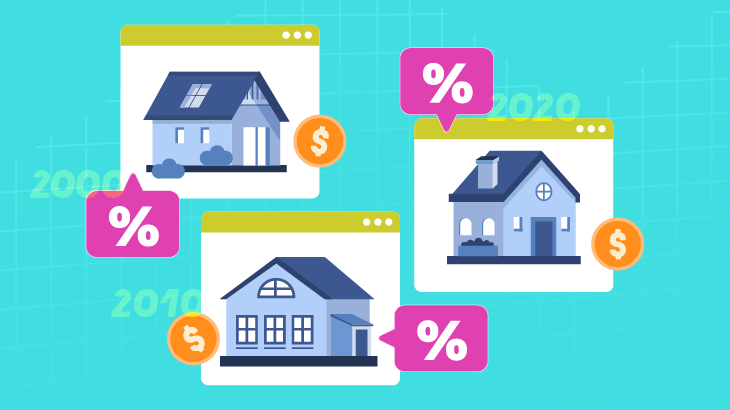The housing market can constitute a source of macroeconomic vulnerability, with significant adverse effects on economic activity, employment, and the financial system. In this context, and closely following on the PSY-IVX methodology, this paper develops an econometric tool for decomposing housing prices and identifying speculative bubbles in the housing market in Colombia. This analysis is based on an extensive database of more than 20 sectoral, macroeconomic, and financial indicators. The findings suggest that residential property prices experienced their most pronounced misalignment from fundamentals during the 1990s. In contrast, over the past two decades, there is no consistent statistical evidence of misalignments associated with speculative exuberance or explosive dynamics in the housing market.

The most recent
Abstract
The housing market can constitute a source of macroeconomic vulnerability, with significant adverse effects on economic activity, employment, and the financial system. In this context, and closely following on the PSY-IVX methodology, this paper develops an econometric tool for decomposing housing prices and identifying speculative bubbles in the housing market in Colombia. This analysis is based on an extensive database of more than 20 sectoral, macroeconomic, and financial indicators. The findings suggest that residential property prices experienced their most pronounced misalignment from fundamentals during the 1990s. In contrast, over the past two decades, there is no consistent statistical evidence of misalignments associated with speculative exuberance or explosive dynamics in the housing market.
In both new and existing housing, prices have been relatively aligned with their fundamentals, among which interest rates and the performance of the economy stand out. Although there have been some periods of misalignment, there are no clear signs of bubbles over the past two decades.

 Nicol Valeria Rodríguez-Rodrígueza,
Nicol Valeria Rodríguez-Rodrígueza,